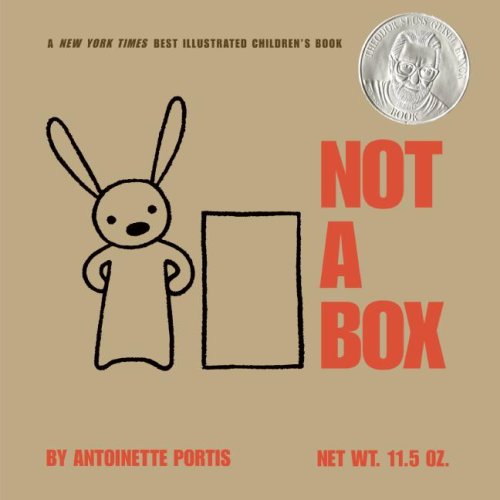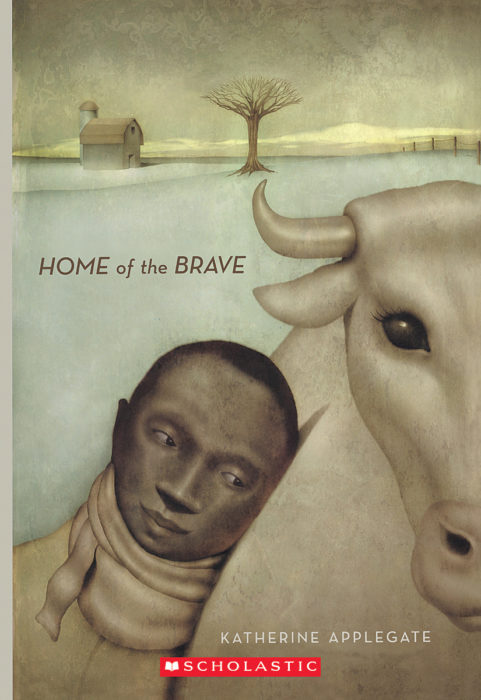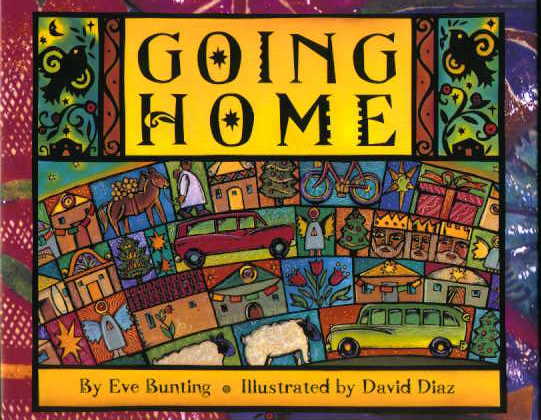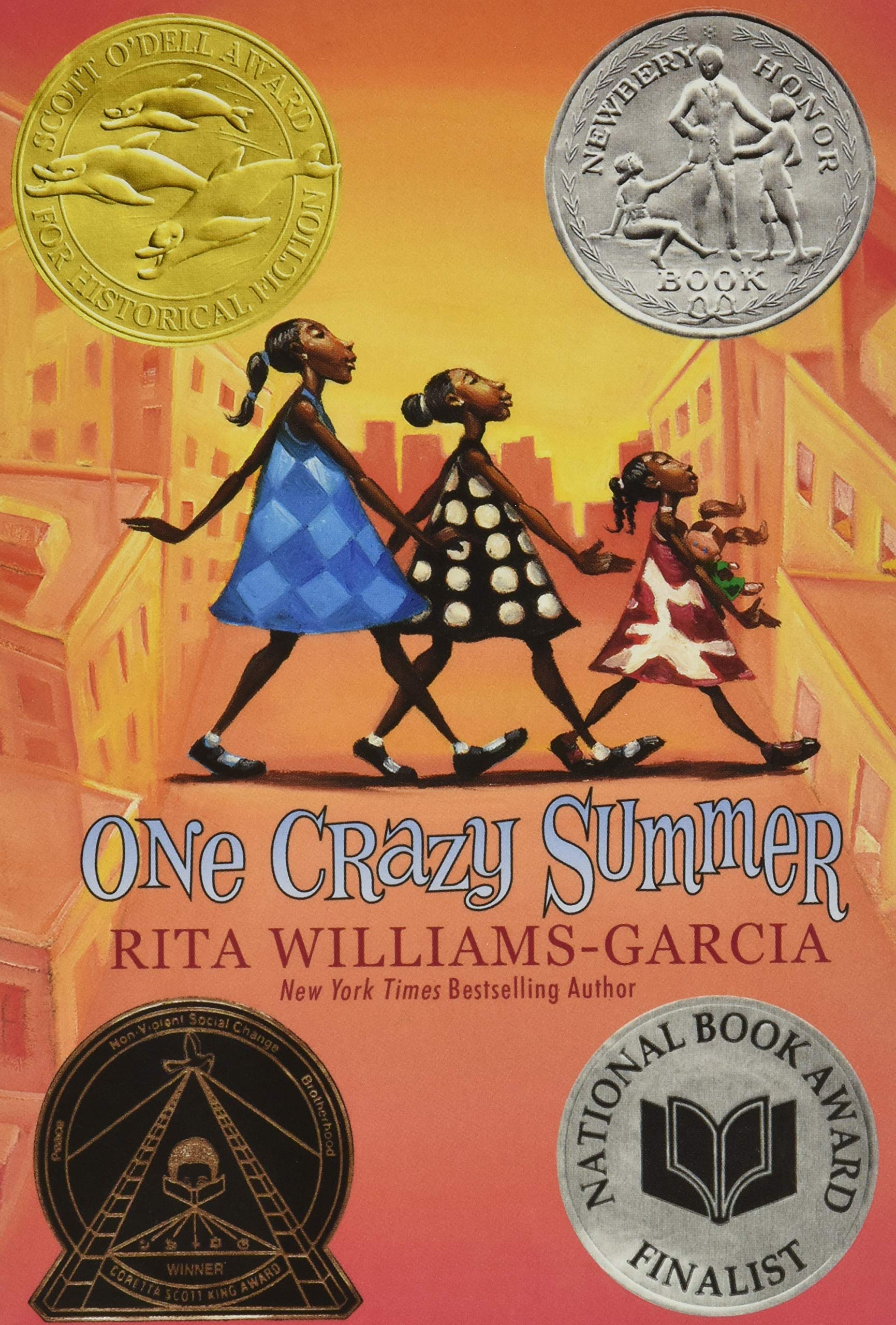by Emily Gravett (2005)
I'm sure there will be parents and teachers alike complaining about the "graphic" content of this book (Oh my god! A rabbit gets eaten by a wolf!) -- but those types of reviews are completely ignoring that Gravett has created a text to introduce metafiction to children. Of course, the rabbit in the text is reading a book about wolves so it is even to be disputed whether or not the rabbit was eaten in "real life" or consumed by fear from reading about how wolves eat bunnies (the power of fiction -- or nonfiction -- at work!). The book within a book aspect is obvious play on reading and fiction itself, and the types of interpretations revolving around text could be phenomenal. The alternate ending Gravett offers is hilarious -- it's a new friendly scene created from torn pieces of the wolf and rabbit from previous pages in the book. What a clever take on re-reading and changing interpretations.
Books that play with the idea of metafiction, although not quite so obviously, come to mind and could be constructed as a text set. Wiesner's "The Three Pigs", Willems "We Are In A Book" and others, and of course there are many other picture books that make us reflect on the act of storytelling as we read.
I'm sure there will be parents and teachers alike complaining about the "graphic" content of this book (Oh my god! A rabbit gets eaten by a wolf!) -- but those types of reviews are completely ignoring that Gravett has created a text to introduce metafiction to children. Of course, the rabbit in the text is reading a book about wolves so it is even to be disputed whether or not the rabbit was eaten in "real life" or consumed by fear from reading about how wolves eat bunnies (the power of fiction -- or nonfiction -- at work!). The book within a book aspect is obvious play on reading and fiction itself, and the types of interpretations revolving around text could be phenomenal. The alternate ending Gravett offers is hilarious -- it's a new friendly scene created from torn pieces of the wolf and rabbit from previous pages in the book. What a clever take on re-reading and changing interpretations.
Books that play with the idea of metafiction, although not quite so obviously, come to mind and could be constructed as a text set. Wiesner's "The Three Pigs", Willems "We Are In A Book" and others, and of course there are many other picture books that make us reflect on the act of storytelling as we read.





































